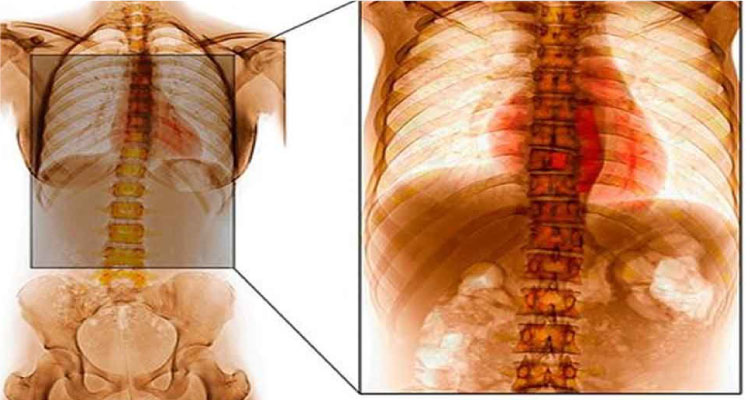
Spinal tuberculosis is also known as spinal spondylolysis or pots disease. It is also a rare type of ailment of spinal infection that is caused due to extra spinal conditions, and the disease is a combination of arthritis and bone infection that includes multiple vertebrae. It generally affects the tissue outside your lungs, like the spine. The upper lumbar vertebrae and lower thorax are some of the most affected spinal areas. The spinal involvement of the lower thoracic vertebrae is around 40 to 50%, followed by the lumbar spine with 35 to 45%.
Some of the physical findings for spinal tuberculosis include a sudden involuntary contraction of the muscles group localized tenderness and restricted movement with the spine.
Diagnosis techniques used for spinal tuberculosis
Dr. SK Rajan suggests you go for blood test radiography of the spine bone scanning or computed tomography. Delayed diagnosis is quite common, so you don't need to panic. However, definitive diagnosis through biopsy specimen is vital due to the chemotherapeutic agents' toxicity and the required treatment length.
Causes of spinal tuberculosis
Acid-fast positive caseating granulomas characterize the infection. The tubercles are composed of monocytes that form minute masses, which lead to pain. The Bourne reaction to the condition is not the same for everyone as it varies from intense reaction to mild response. The disease spares the intervertebral discs in the spine, and it spreads beneath the posterior longitudinal ligaments.
Symptoms of tuberculosis
Spinal tuberculosis is ideally located in the lower and upper limb vertebrae. One of the most common symptoms of the ailment is back pain. The early signs include night sweats and weight loss fever. You might also find it challenging to walk when the symptoms worsen. When the leg weakens, you can feel the stiffness in walking, unyielding posture and swelling at the injection site. If you fail to treat the symptoms, you might go through paralysis of the legs.
Spinal tuberculosis treatment
If the element is detected at earlier stages, the treatment can lower the risk of severe nerve damage. One of the most reliable treatment sources in surgery is that surgeons like Dr Sk Rajan can remove and replace the affected discs with artificial discs. The surgery indication in early or late stages as severe kyphosis is featuring active disease signs and symptoms of cord compression and progression of the deformity. Hallo immobilization is used for three months after cervical and cervicothoracic processes. After low lumbar procedures, lumbosacropelvic immobilization is used after minimum lumbar processes and should be from the hip to the for at least 6 to 8 weeks. If you have any pain, then you should not wait. Instead, it would be best if you went for further diagnosis and treatment.


